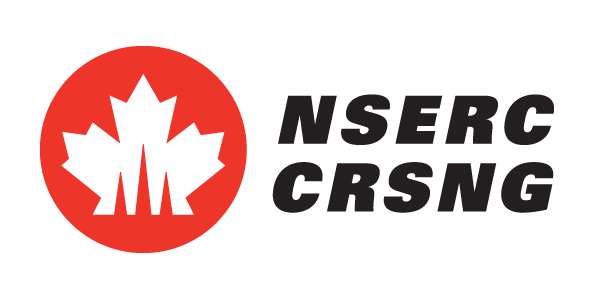Overview
Unlike the things we manufacture, like phones, cars and computers, multicellular organisms form through self-organized development: trees develop from seeds and chicks from eggs. For this to happen, many key processes such as cell division, migration and differentiation must take place along preferential or exclusive orientations, and these orientations must be coordinated between cells within tissues. How are these orientations specified within cells and coordinated between cells?
The positioning of proteins to one side of the cell provides the cell with an asymmetry—or polarity—that, like a compass, points in a specific direction. Cell polarities are aligned within tissues such that they all point in the same direction. How cell polarity is coordinated within tissues is thus a central question in biology. In animals, where this question has been studied extensively, coordination of cell polarity within tissues—or tissue cell polarity—requires direct communication between cells and often cell movements. Both of these are precluded in plants by a wall that surrounds each cell; therefore, plants coordinate tissue cell polarity differently from animals.
How plants do so is unclear, but the current view is that the GNOM protein—an ARF GEF (guanine-nucleotide exchange factor for ADP ribosylation-factor GTPases) that regulates vesicle formation in membrane trafficking—coordinates tissue cell polarity by positioning transporters of the hormone auxin of the PIN-FORMED family to the correct side of the cell; the resulting cell-to-cell, polar transport of auxin would propagate tissue cell polarity, and control vein formation—one of the most informative polarized developmental processes in plants. Indeed, in plants, veins are source of signals that—long distance—coordinate the formation of new branches, leaves and flowers with that of new roots, and that—short distance—control the development of the tissues that surround the veins. Understanding how veins form will thus provide a new understanding of how external architecture and internal structure are generated and integrated in plants.
Our research, which uses Arabidopsis as a model organism, aims to understand how plants coordinate tissue cell polarity, and how coordinated tissue cell polarity leads to vein formation. This research will reveal the unique mechanisms by which plants coordinate tissue cell polarity, and thus a new logic of tissue cell polarization—one that is different from that of animal-tissue cell polarization; will train students in bioimaging, genetics, molecular biology and plant methods—a versatile toolkit which trainees will be able to apply to different questions and organisms in their future careers; and will advance breeders’ ability to improve crop yield, thus contributing to agriculture with impact on supplies of food and fuel: two of the great, urgent problems facing humanity.
